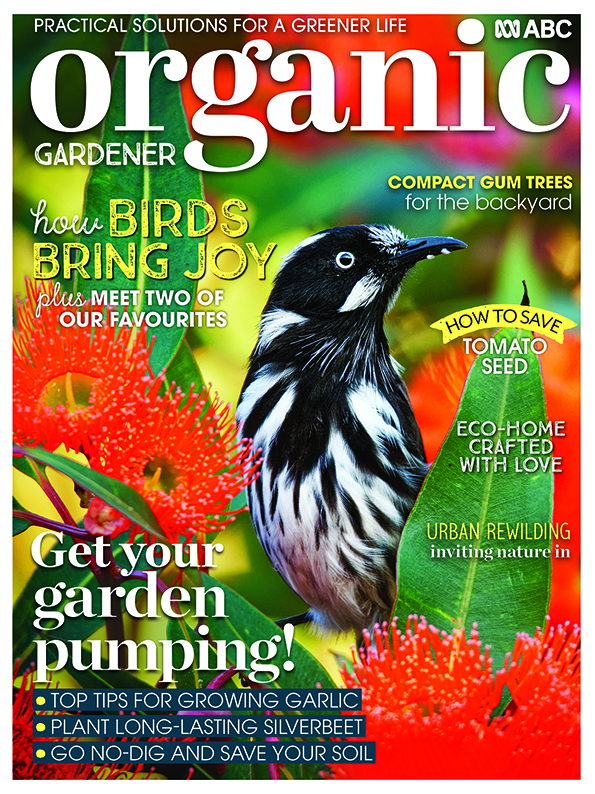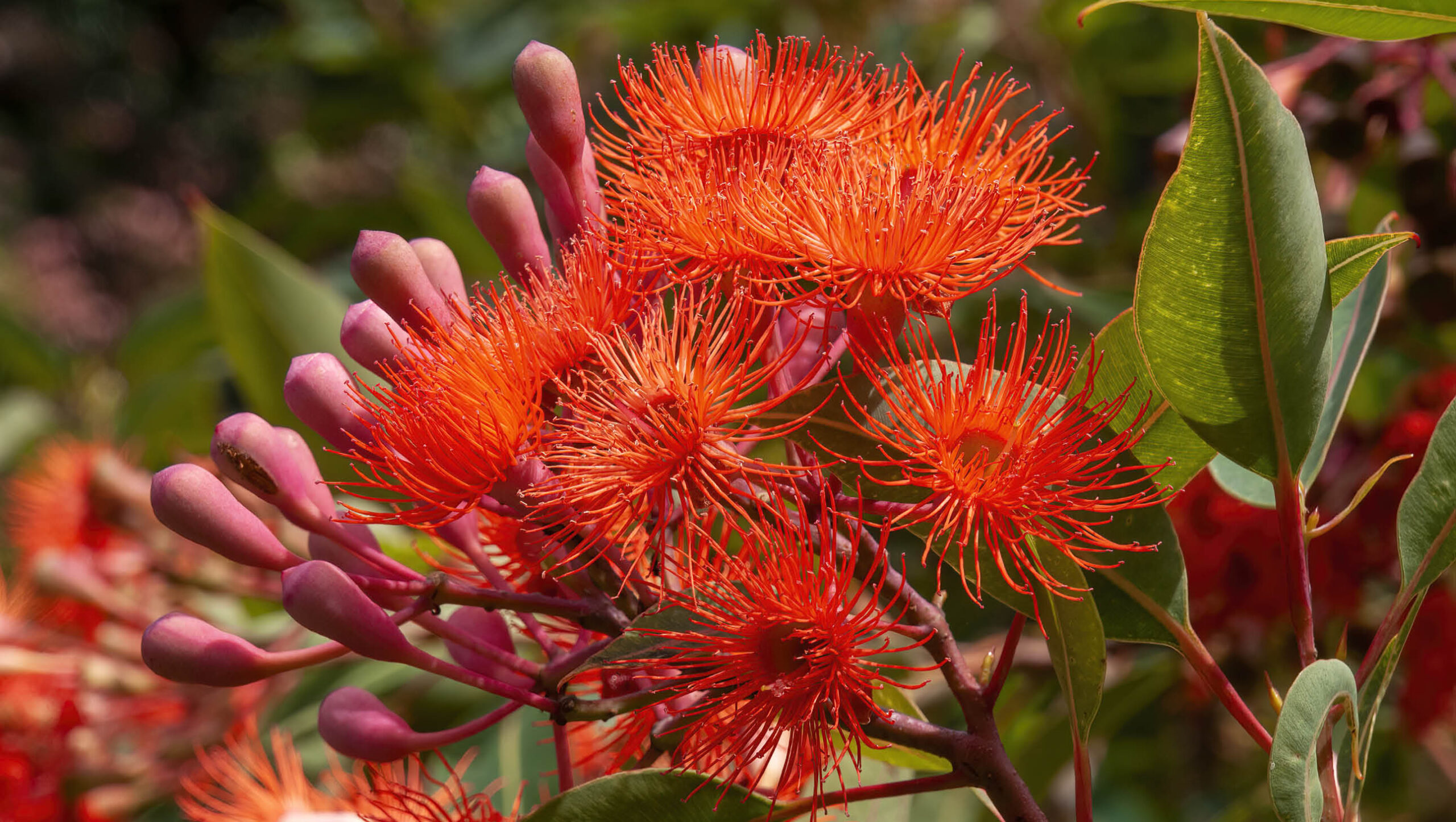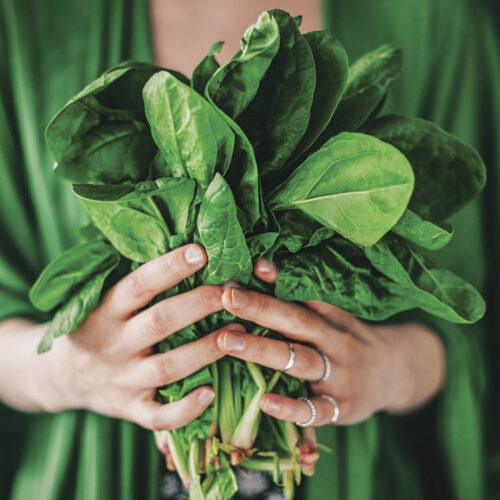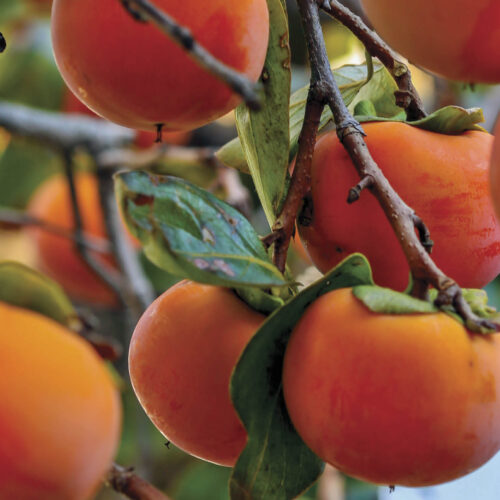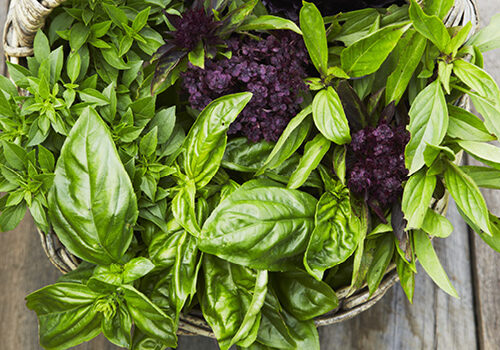Compact gum trees for small spaces: Corymbia ficifolia
2024-09-09T16:17:22+10:00
You don't need to have a huge backyard to grow a gum tree. One favourite for small spaces that you can try is Corymbia ficifolia.
Most of the gardens I have been asked to landscape in Melbourne over 30 years are not large, with only enough room for two or three trees. I like to blend native and exotic plants, and I’m always on the lookout for compact gum trees to bring character, colour and wildlife to gardens. My favourite small gum trees do that, bringing places for birds to perch and nest, flowers for nectar-feeding birds and a range of insects, including honeybees. They bring light shade and cooling to their surrounds, with less competition for water and nutrients than bigger trees, allowing for a wider range of plants to be grown underneath.
Grouping smaller trees rather than planting one big tree is more user friendly, as smaller canopies don’t spread as much into neighbouring properties, root systems are smaller and less invasive, and smaller branches are less likely to cause injury if they drop. Have a look at the many compact cultivars of Corymbia ficifolia: colourful with masses of flowers they are loved by native birds. It is also the 2024 Eucalypt of the Year!
Corymbia ficifolia
Once known as Eucalyptus ficifolia, the botanical name of this colourful gum tree was changed to Corymbia ficifolia as part of a reclassification of a number of eucalypts in the 1990s. It’s a species known for its brilliant flowering displays and slow growing in cold climates. Some cultivars also can grow quite large. A number of compact and quicker flowering cultivars are now available and help solve these problems, and by grafting them onto hardy rootstock, the trees cope better with a range of soils and climates. Originating from coastal southern West Australia, they are now widely planted around the world, even in
subtropical and tropical areas. While not fussy about soil types, C. ficifolia cultivars do need good drainage and can tolerate some drought and light frost once established. The massed flowers are bird, insect and wildlife magnets. These trees have a stocky nature and spreading branches, although their root systems are not known to be destructive.
Note: all cultivars respond well to pruning if you need to contain growth and size. Check with your local nursery for cultivars to suit your local climate and conditions.
Smaller growing cultivars include:
- Baby Orange H: 3m W: 3m
- Baby Scarlet H: 3m W: 3m
- Precious (pink) H: 4m W: 4m
- Burgundy H: 5m W: 4m
- Snowflake H: 6m W: 4m Wild
- Sunset (orange-red) H: 6m W: 4m
- Wildfire (red) H: 6m W: 3m
There’s more more information about growing compact gum trees in the Early Autumn 2024 issue (OG 147), and plenty of other ideas, too. It’s easy to subscribe.
